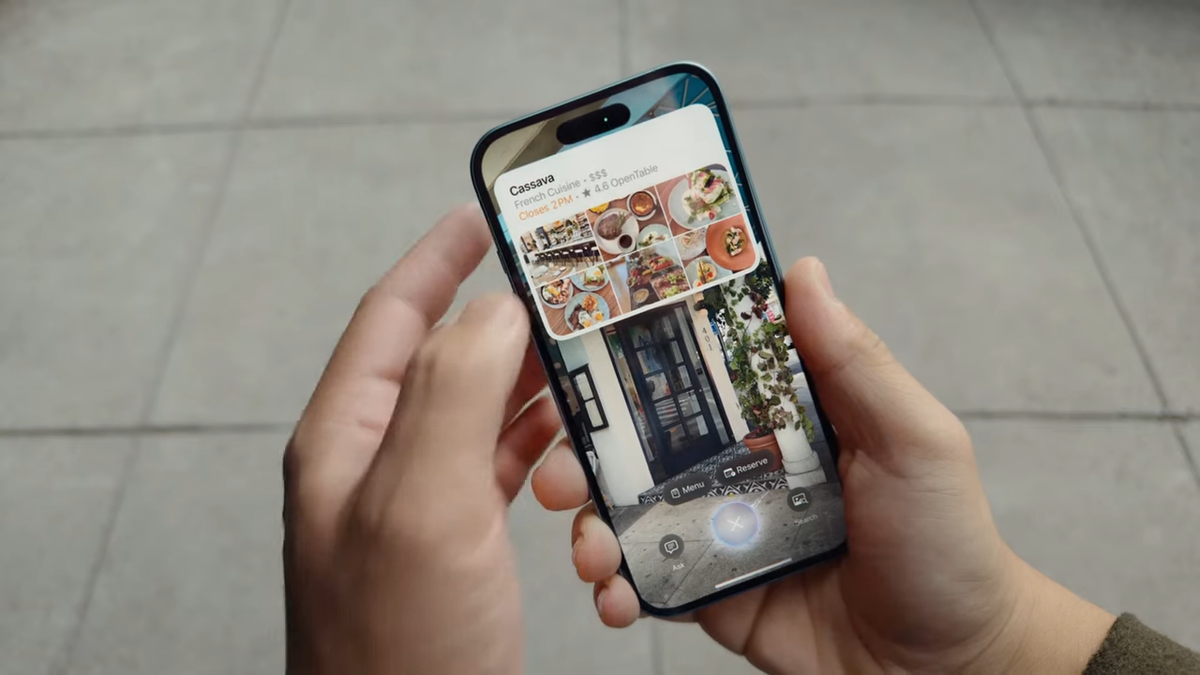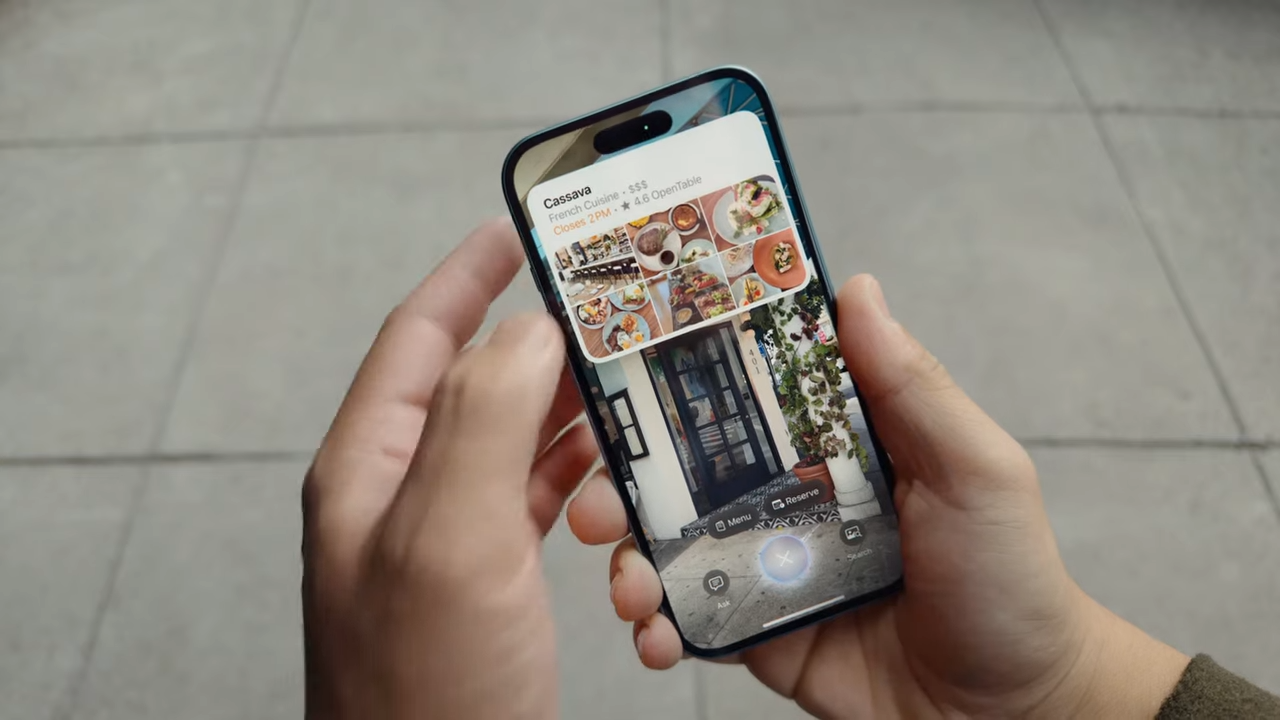

Apple finally took the wraps off what could be called the AI iPhone series. The new iPhone 16 lineup is the first designed with AI-powered features front and center. But that’s not all. While much of the 100-minute keynote focused on the company’s Apple Intelligence tools, the new iPhones feature a handful of fresh, eye-catching hardware as well, like the Camera Control button. Still, the most important announcement was the one Apple didn’t outrightly announce: The new iPhone 16 restores the non-pro iPhone’s flagship status. I’ve been a non-pro iPhone user for as long as I can remember. It was ideal for my use. The pro iPhones often offered “professional hardware” that most consumers wouldn’t care about, such as a LiDAR sensor, at a premium. But over the last couple of years, Apple began to reserve even the most mainstream features, like an updated chipset, behind the pro paywall and recycled them onto the next generation of “new” non-pro iPhones. The fall and rise of the standard iPhoneThe standard models then made little sense. At a few hundred extra bucks, the pro iPhones offered much more. For people who plan to hold onto their phones for a while, it was a no-brainer to shell out to ensure their phones don’t turn into a relic next year. When Apple announced the iPhone 15, I called it a mid-range phone at a flagship price, and a year later, the $899 iPhone 15 Plus I use is obsolete since its two-year-old processor isn’t compatible with any of the new AI-powered software. Fortunately, that hasn’t lasted long. Apple says the new “iPhone 16 and iPhone 16 Plus mark the beginning of a new era for iPhone,” and it does feel like it, given the lackluster upgrades the standard models have featured since the 13th-Gen refresh. It’s the first time in a while we’ve seen a major new update demoed first on the non-pro iPhone, as opposed to debuting on the pro models and trickling down to the standard ones after a year. (Image credit: Apple)Above all else, Apple had to bring the non-pro iPhone up to speed. To run Generative AI models, it could no longer rely on chipsets from yesteryear, so it was forced to give the iPhone 16 a rare two-generation silicon boost. “We’re bringing our latest breakthroughs and jumping two generations ahead — from A16 Bionic in iPhone 15 to A18 [to run powerful experiences like Apple Intelligence],” said Apple’s VP of Silicon Engineering, Sribalan Santhanam, at Tuesday’s keynote. On the iPhone 16, the A18 chip has the same 6-core CPU — 30 percent faster than the A16 Bionic chip — and 16-core Neural Engine as the pro model’s A18 Pro. Plus, it matches its pro counterpart in memory, featuring 8GB of RAM, up from 6GB on the iPhone 15. Unlike before, the iPhone 16’s GPU also supports hardware-accelerated ray tracing, allowing buyers to run AAA games previously only available on iPhone 15 Pro. iPhone 16 is upgraded inside and out(Image credit: Apple)Of course, the other highlight of this year’s iPhone 16 is the addition of two new hardware buttons. One of them is the Action button, which debuted last year on the iPhone 15 Pro and Pro Max. You can assign it any custom function, like triggering the flashlight or recording a voice memo, and activate it with a press. Get our in-depth reviews, helpful tips, great deals, and the biggest news stories delivered to your inbox.More surprisingly, the iPhone 16 comes with the same new Camera Control found on the iPhone 16 Pro since, before the event, it was rumored to be exclusive to the Pro models. The Camera Control sits under the power button on the right edge and houses an array of sensors to function as a multi-purpose switch. Clicking it once, for example, fires up the Camera app or takes a picture, but a light press on the force sensor allows you to swipe through controls like zoom. (Image credit: Apple)The iPhone 16 catches up to the Pro models in a few other areas too. Its camera can now snap macro photos and spatial media for the Vision Pro. Its screen brightness can go as low as 1 nit in dark conditions and up to 2000 nits outdoors. MagSafe wireless charging speeds have been bumped up and so is the battery life by a few hours. Although it still doesn’t have a telephoto lens, Apple claims the upgraded 48-megapixel camera can capture “optical-quality” 2x shots. The centerpiece of Apple’s renewed iPhone strategy is the identical Neural Engine across the Pro and standard lineups. It enables the iPhone 16 to run the same suite of Apple Intelligence features as the iPhone 16 Pro, like the more contextually-aware Siri, a writing aid that you can pull up even in third-party apps, and the Image Playground app to produce Generative AI visuals. It’s similar to the strategy Google follows with its Pixel lineup, where, no matter the other hardware differences, the chipsets remain identical so that as many people have access to the AI capabilities as possible. The more people use Apple’s AI, the better it will get over time. It’s a flagship with a few cracks in the hull(Image credit: Apple)The iPhone 16, though, is far from perfect, especially compared to even lower-priced Android phones. Apple even boldly highlighted some of its key misses on a slide when it walked through the iPhone 16 Pro’s features. The iPhone 16 still sports a 60Hz screen, and it also lacks an always-on mode. In addition, it’s still stuck at aging USB 2.0 and offers outdated 20W wired charging speeds. That said, the iPhone 16 significantly closes the gulf of quality in experience between the non-Pro and Pro variants and it’s the first standard iPhone I feel comfortable recommending since the iPhone 13. MORE FROM LAPTOP MAG






